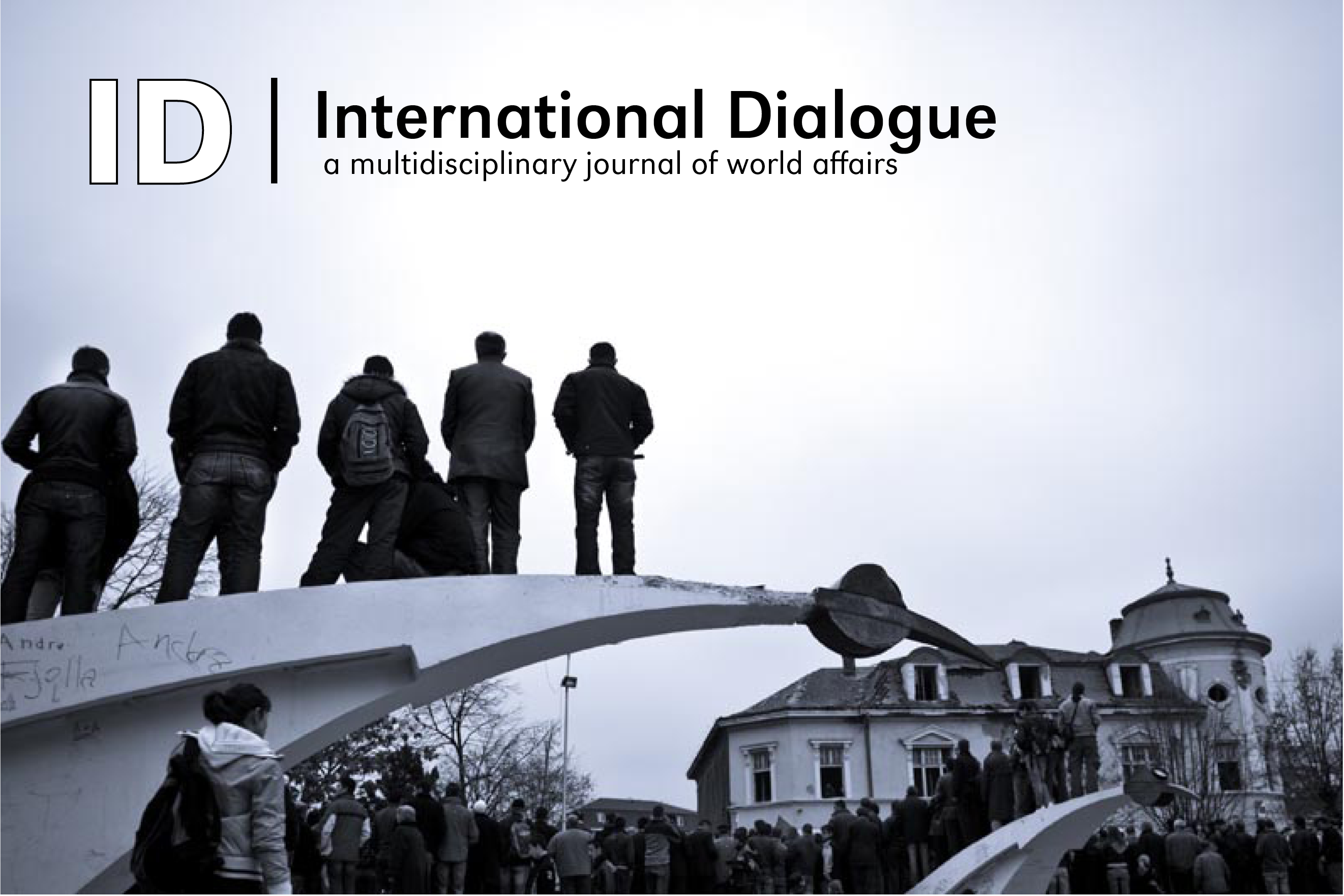International Dialogue

Abstract
This book explains how international human rights laws are created by consensus through representatives of local and national governments and then become translated into content acceptable to local communities. In an introductory chapter the author presents the overall arguments of the entire work. She also gives examples that support the arguments and lays out the pattern of human rights legislation by using the specific example of gender violence. Emphasizing language, she explains how it is understood in diverse ways. The rest of the book is concerned with more specific examples. Chapter two deals with creating human rights law (36–71). Chapter three is concerned with gender violence and the Convention on the Elimination of All Forms of Discrimination against Women (71–102). In the fourth chapter the concern is the relation of global law to local justice. This theme is continued in chapter five where the author argues that human rights law must be translated into local content and filtered into the culture of the people. Chapter six also deals with the localization of human rights by integrating the concepts into the consciousness of local peoples. In the final chapter the author demonstrates that that there are differing degrees of locality.
Recommended Citation
Sa-ngimnet, Pattaka
(2014)
"Human Rights & Gender Violence: Translating International Law into Local Justice,"
International Dialogue: Vol. 4, Article 11.
DOI: https://doi.org/10.32873/uno.dc.ID.4.1.1087
Available at:
https://digitalcommons.unomaha.edu/id-journal/vol4/iss1/11
Included in
Ethics and Political Philosophy Commons, International and Area Studies Commons, International and Intercultural Communication Commons, International Relations Commons, Political Theory Commons
